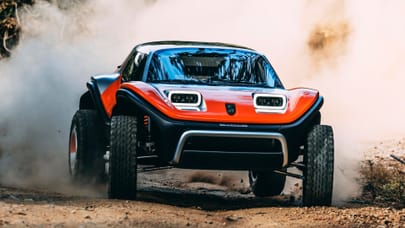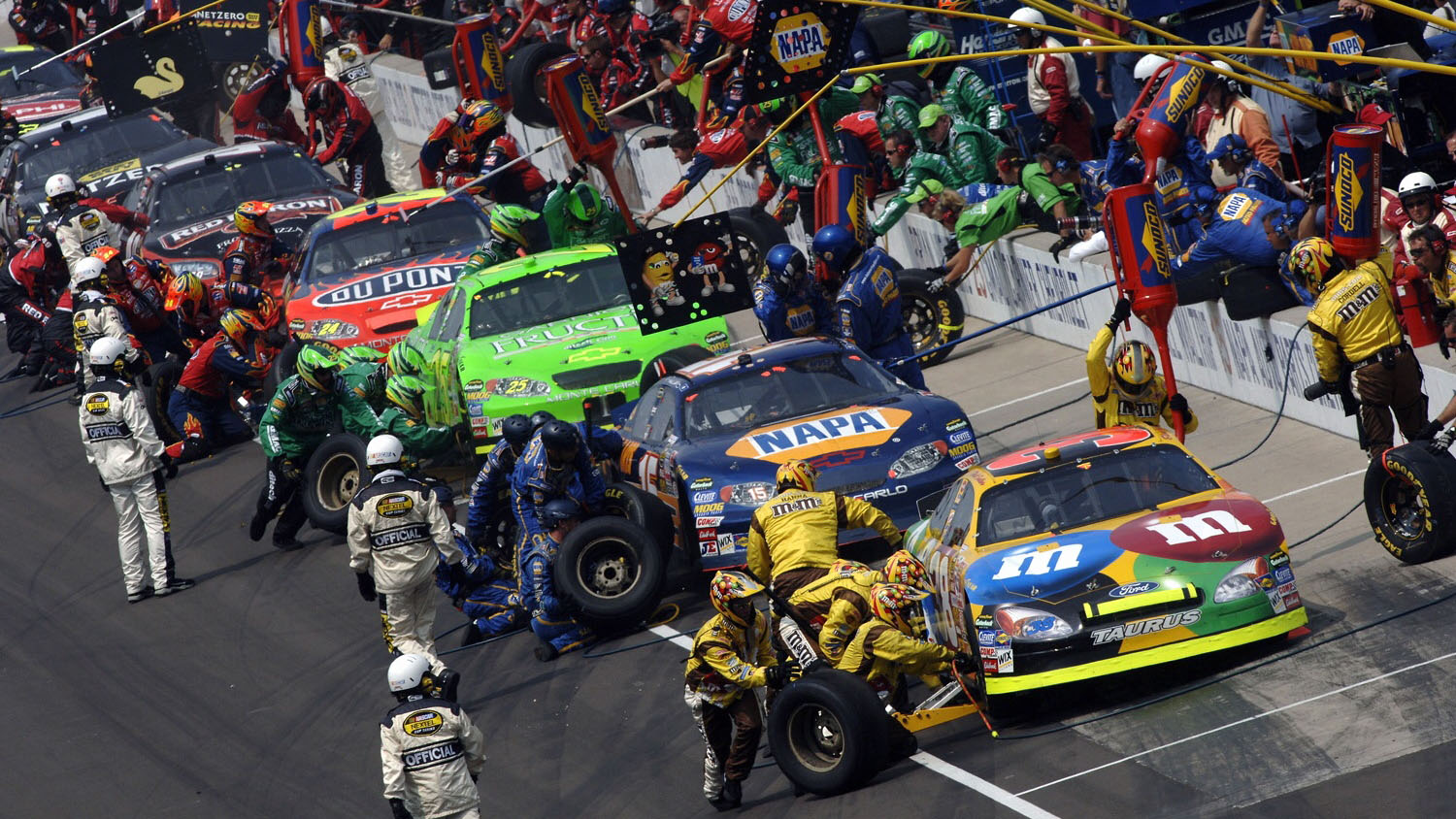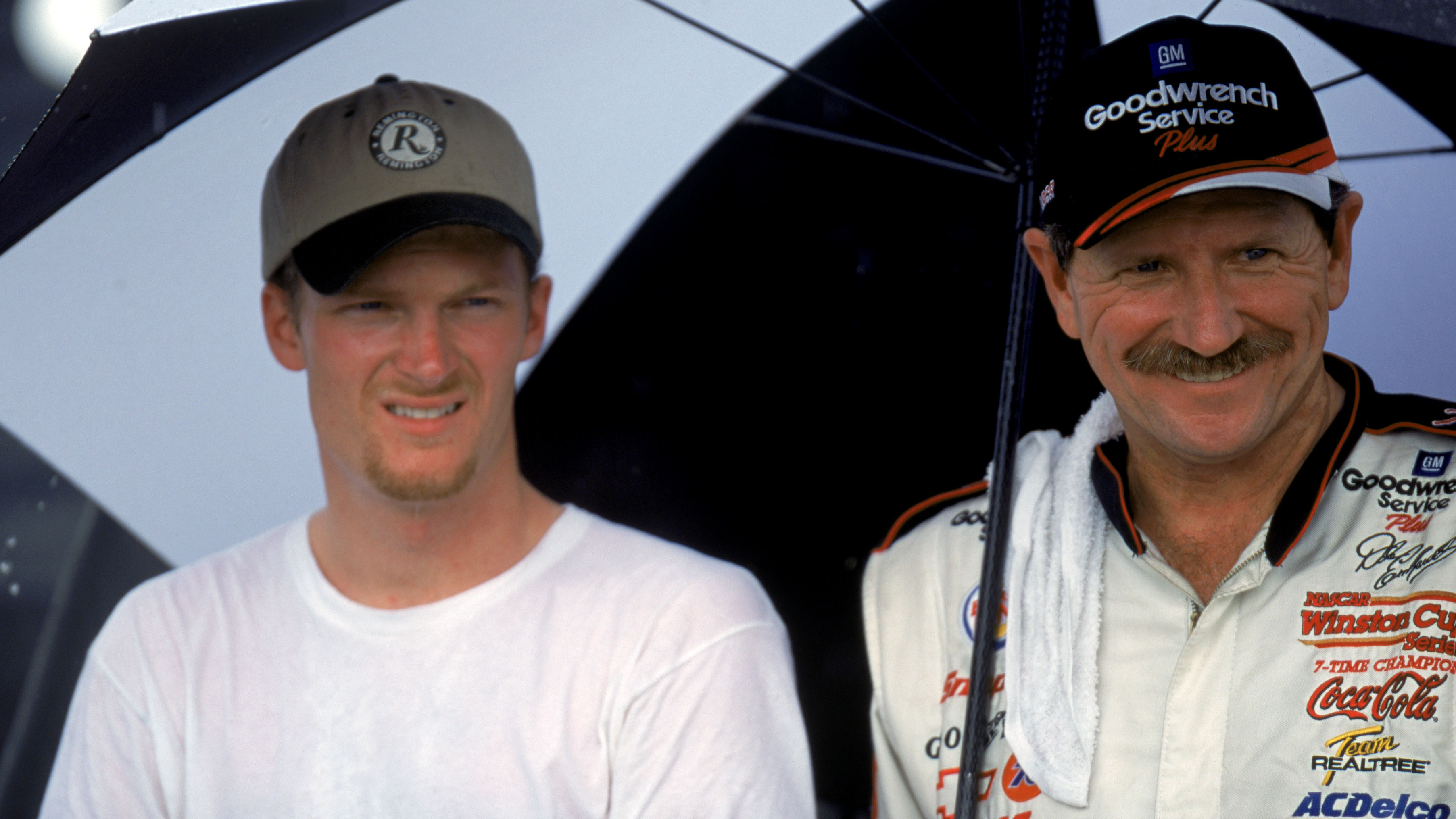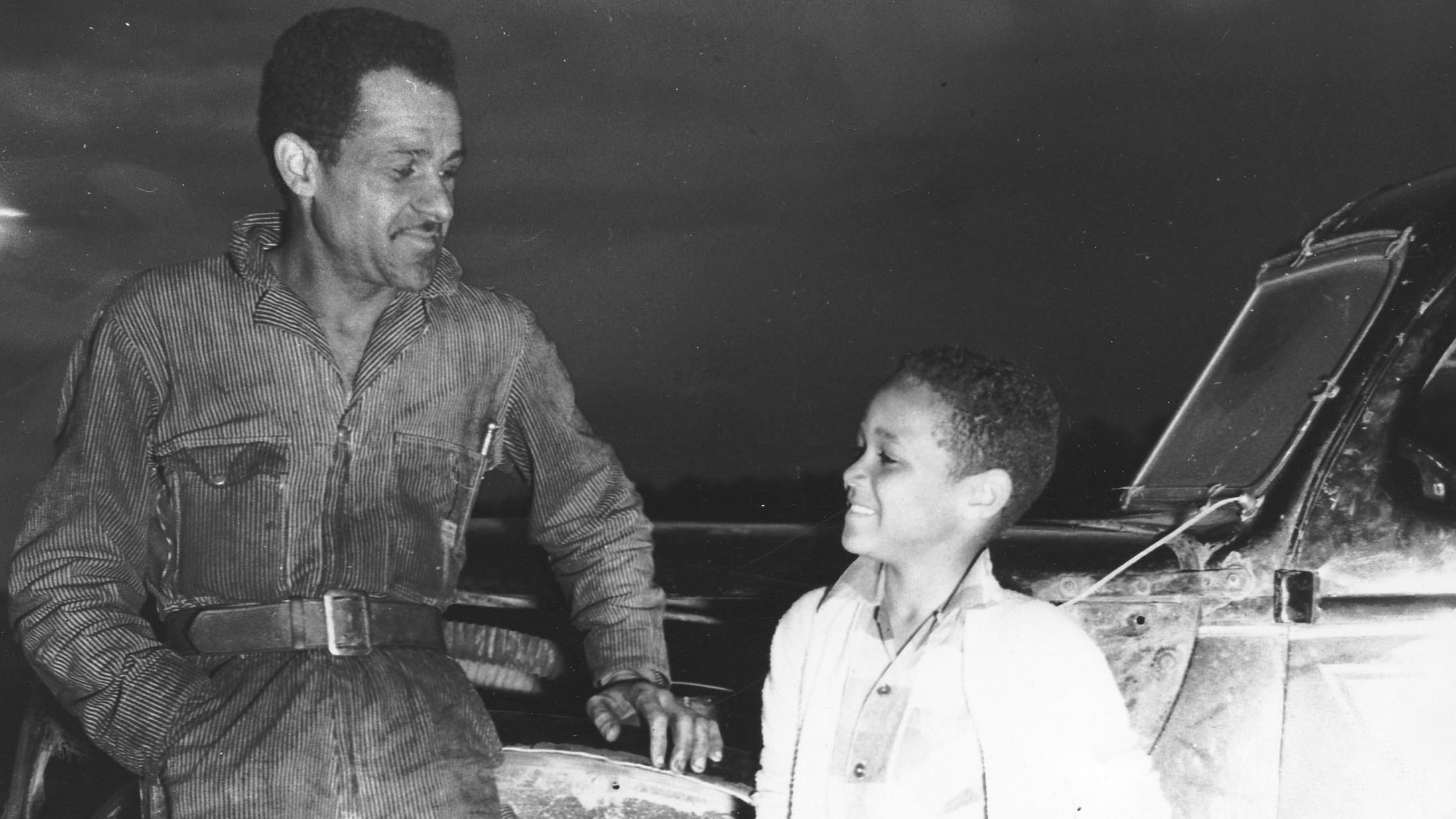
Days of thunder: a quick crash course in NASCAR
NASCAR is 75. Time to find out why the world’s loudest sport attracts such a devoted fanbase
It was 14 years ago that I went to my first NASCAR race. It was a Saturday in April, and in front of 13-year-old me was Texas Motor Speedway: a 1.5-mile oval bigger than any human-made structure I’d ever seen. Forty three cars rolled by as the crowd stood to salute them, whistling, whooping, and whipping white towels above their heads.
The air stank of tyres and fuel. The earth shook as cars thundered toward the green flag. Noise reverberated off the grandstands in a metallic shriek, which my longtime friend Steve McClain calls “the greatest sound in all of sport”. When I heard it, my jaw dropped.
This year, NASCAR reached its 75th anniversary – 75 years with fans like me and Steve. To celebrate, the sport honoured its greatest drivers, many of whom still race, and its greatest moments, many of which I wasn’t alive for.
NASCAR’s roots are in moonshine running: the practice of transporting illegal booze by car. Moonshine runners were skilled drivers, and they existed both to bypass federal alcohol taxes and continue the sale of alcohol when Prohibition banned it during the Twenties and Thirties.
Moonshine runners like Junior Johnson, who later became a NASCAR Hall of Famer, modified their cars’ power, suspension, and aerodynamics to outrun the cops. Outrunning the cops eventually transformed into outrunning each other on track, and stock car racing rose in popularity.
Back then, ‘stock’ cars were similar to the ones buyers could find in dealer showrooms. But as the decades went by, stock cars became purpose-built racecars – even if they’re still crude, loud and sometimes laughably old school. Today, for example, a NASCAR Toyota Supra’s stickers and body lines might resemble a road car, but underneath, there’s a pushrod V8 engine and four-speed manual transmission.
My history with NASCAR began eight years later in 2009, when my mom came home from work with free tickets from Steve. I made a sour face at the thought of watching cars drive in circles, and she shushed me.
“We’re in a recession,” she said. “If you want to do anything fun, it’s going to be NASCAR.”
We packed the car and drove three hours to the track. I still remember the white, blue, and red grandstands emerging from the skyline, towering over the highway like a kingdom.
We walked in and joined a sea of racing jackets and T-shirts. People carried beers, hot dogs, and bags of merchandise. My mom mentioned Dale Earnhardt Jr in passing.
We climbed the grandstands and met Steve, who had on a set of yellow headphones and an Earnhardt Jr jacket. Steve’s been to more than 100 NASCAR races, and when he takes a first timer, he becomes their teacher.
“I vividly recall the miserable look on your face,” he told me recently. “Like ‘What in the hell have I got myself into?’” “Steve patted the bench,” my mom recalled. “He said ‘Sit down. I’ll tell you all about this.’”
Steve sorts the drivers into a ranking system called the “Stevie Mac Categories of Racers”. His favourites, like Earnhardt Jr, are Category 1, and his least favourites are Category 9. For most of Steve’s life, two-time Cup champion Kyle Busch fell
into Category 9.
Top Gear
Newsletter
Thank you for subscribing to our newsletter. Look out for your regular round-up of news, reviews and offers in your inbox.
Get all the latest news, reviews and exclusives, direct to your inbox.
We all sat down. The cars took the green flag for what NASCAR fans call the “Saturday race”, or the mid-tier Xfinity Series. Busch led almost every lap and won. Steve saw my admiration, both for the sport and for that day’s winner.
“I remember Steve going: ‘No, no, no, you can’t like him! He’s a punk!’” my mom recalled. “He was waving his hands: ‘No, no! Dale Jr’s our boy!’”
I didn’t know anything about Busch at the time. He was just the guy who won the race, but he was now my guy who won the race. I mentioned it to Busch in an interview recently.
“Perfect timing,” he laughed. “I think I acquired a lot of fans through victories. You hear the same story you just said: ‘I was at this event, you won, and I’ve been a fan ever since.’ That’s why we like winning so much. We’re picking up fans.”
Back in 2009, it felt rare to be a Busch fan. He won early and often, but he was known as a hotheaded young driver with a hotheaded older brother. That made Busch the guy everyone, including Steve, loved to hate. When we returned for the Sunday race, the track introduced each driver. Earnhardt Jr walked out to a chorus of cheers and Busch to a sea of boos.
I still remember the white, blue, and red grandstands emerging from the skyline, towering over the highway like a kingdom
“I’ll make an argument to that, though,” Busch told me recently. “We were 18, 19, 20 years old when we were first thrown into the limelight on TV. Tell me another 18-, 19- or 20-year-old who has their s**t together. We made a lot of mistakes early on.”
I left the track in 2009 with an undying love for a sport I knew little about. I watched every race from then on, and I trained myself to write ‘Busch’ instead of ‘Bush’. I still remember when I learned that the “Sprint” in “Sprint Cup Series” was a sponsor name, not an adjective. Early on, I thought: “wow, 500 miles is a long sprint”.
I spent years texting and calling Steve: “Why did this happen?” “Why did that happen?” “How is this racetrack different from that racetrack?” I studied rules and terminology. I cried and screamed when Busch had bad luck. Whenever someone asked what I wanted to be when I grew up, I told them a NASCAR reporter.
As I grew up, I witnessed modern NASCAR history: Jimmie Johnson winning his record-tying seventh Cup championship, Danica Patrick becoming the first woman to win the pole in a Cup race, and more. When I was 16, I saw Busch at the track but was too scared to go up to him. He smiled and ushered me over.
I’ve since gone from shy fan to outgoing reporter, and Busch has gone from villain to hero – especially as he had children and took over the famed No8 car for Richard Childress Racing. Boos morphed into cheers, and even Steve said Busch is now a Category 3.
Busch said when he was younger, people told him he was hard to approach. He recalled a conversation with Rick Hendrick, his former team owner, who said: “I’ve never met someone who enjoyed being booed as much as you.”
“It’s not that I like it,” Busch told Hendrick. “It’s what I’ve got. When [you’re] the villain, you’ve got to embrace it.”
I asked him if he ever misses villainhood. “Well, when I was the villain, I was winning a lot more,” he told me. “If I can be a hero and win, we’ll have the world in the palm of our hands.”
While this year was NASCAR’s 75th anniversary, it was only my 14th. What sold me wasn’t the history, but the atmosphere: the sounds, smells, camaraderie, and admiration for one driver that spread to others. Before NASCAR, I didn’t have a calling. Now, I’m the person I was always meant to be.
Steve and I are still friends. Busch and I talk regularly for stories. My mom still comes to the track with me. My husband – who dismissed NASCAR at first, like I did – is now a hardcore fan. When Steve walked into our wedding, I ran to give him a hug.
“You introduced me to numerous people that day,” he told me. “You said ‘This is Stevie McClain. He’s the one who got me interested in my career.’ That... that was special to me.”
“That makes me want to cry,” I responded.
“Don’t cry,” he said. “There’s no crying in racing. We cuss and throw things.”
Trending this week
- Car Review
Porsche 911 GT3 (992.2)











